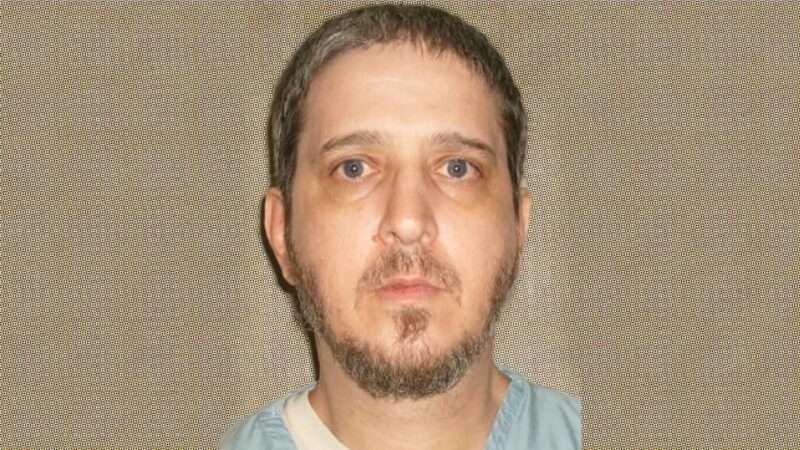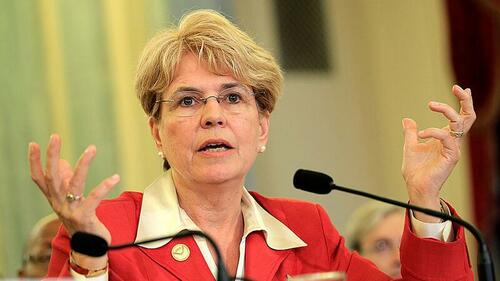
On Tuesday, Alaskans voted in their first regularly-scheduled primary since overhauling the state’s election rules. Results will not be finalized until the end of August, but the new system is already shaking things up.
In 2020, voters approved Alaska Ballot Measure 2, which threw out the traditional party primaries, in which each political party’s registered voters select a single candidate, and one person from each party competes in a general election in November. In its place, Alaskans vote on the same primary ballot, selecting from a list of every single candidate running. The four candidates with the most votes, regardless of party affiliation, all advance to the general election in November.
Then, voters choose among the final four using ranked choice voting, ranking each candidate by preference. If one candidate gets a majority of the first-choice votes, then the election is over; if not, the candidate with the least first-place votes is eliminated, and every ballot that chose the last-place finisher is recounted with the second choice counted first. This continues until one candidate has a majority of first-place votes.
Ranked choice voting obviates the need for runoff elections since voters list their second and third choices on the first and only ballot they cast. But ranked choice can also help third parties and non-traditional candidates gain traction by allowing voters to vote for longshots they align with in addition to the least objectionable major-party candidate.
Tuesday’s results demonstrate how such a system can work.
Sen. Lisa Murkowski, a Republican running for her fourth term in the Senate, will advance to the general election in the fall. In a traditional election, Murkowski would have competed against the seven other Republicans running, most prominently Kelly Tshibaka, a former state official whom former President Donald Trump endorsed more than a year ago. Under the new system, though, Murkowski competed in a field of 19 candidates. Her competition included what would’ve been her normal Republican primary opponents, as well as all the Democrats running for Senate, a Libertarian, and others.
Preliminary results currently have Murkowski ahead of Tshibaka by about three percentage points. But there is evidence to suggest that Murkowski was helped by Alaska Democrats crossing party lines to pick her, and that in a closed Republican primary, she would have lost outright.
Last month, an Alaska Survey Research poll found that Tshibaka would win on a first-round ballot, 43-35; traditionally, that would be the end of Murkowski’s Senate career. But under the new system, the votes would then continue to a second and a third round of counting, at which point Murkowski would pick up enough second- and third-choice votes to win outright, 52-48.
Meanwhile, the same process may deny former Gov. Sarah Palin a seat in the U.S. House.
After Rep. Don Young’s death, Alaska held a special election primary in June to choose who would serve out the remainder of his term in the state’s only House seat. Palin was one of the four candidates chosen to compete Tuesday for Young’s seat, though one other finalist, independent Dan Gross, withdrew after coming in third.
Palin dominated the June vote, garnering 27 percent out of 48 candidates. But with nearly 70 percent of Tuesday’s votes counted, Palin is trailing Democrat Mary Peltola by more than five points, 37-32. Nick Begich III, scion of a prominent Alaskan political family, trails with 28 percent. With nearly a third of votes still outstanding and no majority winner so far, the most immediate question will be whether Begich ultimately surpasses Palin, or whether he is eliminated in the second round of tallying.
Conventional wisdom would dictate that in a largely-Republican state, with two Republicans and a Democrat on the ballot, Palin and Begich simply split the Republican vote, and whichever of them survives will simply pick up enough votes to easily defeat Peltola.
But late-July polling showed that if Begich lost, his second-choice votes would be split evenly between Palin and Peltola. In that event, Peltola would become the first Democrat elected to statewide office in Alaska since Begich’s uncle in 2008.
Supporters often credit ranked choice voting with giving a voice to third-party or nontraditional candidates. But as Reason‘s Scott Shackford wrote after Alaska first approved the new system, it can also “change…results if voters are too lukewarm on a frontrunner.” Given Palin’s unpopularity among Alaskans, that may be exactly what happened.
The post Lisa Murkowski Survives, Sarah Palin Struggles Under Alaska's New Voting System appeared first on Reason.com.
from Latest https://ift.tt/8foiEJU
via IFTTT






